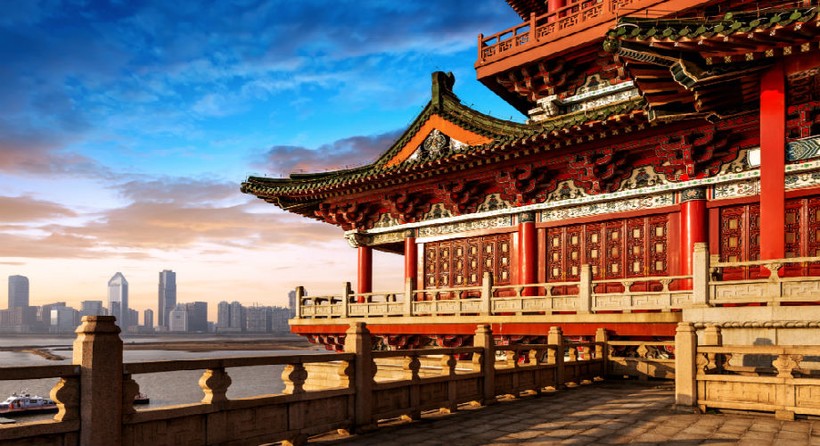
20.12.2023
This year marks the 45th anniversary of China’s reform and openness policy .
In December 1978, the Chinese Communist Party held the third plenum of the Eleventh Central Committee. The country embarked on economic construction, reversing the status of the relatively closed economy that had existed for 30 years after the founding of the People’s Republic of China. China began to introduce a mixed economic model, followed by market liberalization, private enterprises appeared, access to foreign investment was opened, and trade barriers began to decrease. In 1992, the policy of reform and opening up was proclaimed as China’s basic national policy for the coming decades. This policy was written into the CPC Charter in 1997 and two years later into the country’s Constitution, ushering in socialism with Chinese characteristics.
Why does China need to pursue reform and opening up?
Mainly because China’s economic and social development is very different from Western countries. To give two examples: in 1965, the US per capita GDP was 41 times that of China. In 1978, the gap increased to 76 times. An open-pit coal mine in Germany produces 50 million tons of coal annually and employs just 2,000 people. To produce the same amount of coal in China, 160 thousand workers were required. The country’s economy was still planned, industrial development lagged behind, even providing the population with necessary goods was problematic.
What are the stages of China’s reform and opening up policy?
First stage: starting, the first fourteen years since 1978 (1978-1992). The reform focused on introducing a system of household contract liability in rural reform, which transformed the former collective management into self-management by households responsible for their own profits and losses. This system eventually became the basic system of government in rural areas. Subsequently, the focus of reforms shifted from rural areas to cities, and enterprise reform began. A number of well-known enterprises have emerged, such as Haier, Lenovo and TCL. In order to open up to the outside world, special economic zones such as Shenzhen and Hainan were created, and 14 coastal port cities such as Shanghai and Dalian, 5 coastal cities and 17 inland provinces and municipalities were opened.
The second stage: the gradual deepening of reforms, this is the next twenty years from 1992 (1992-2013). This stage is mainly devoted to the creation of a socialist market economic system. The Shanghai and Shenzhen stock exchanges are established, the birth of the capital market in mainland China. China has gained the opportunity for dynamic development of imports and exports, and domestic and foreign investment has increased sharply. In 1991, China joined the Asia-Pacific Economic Cooperation, and in 2001 the country became a member of the World Trade Organization. In 2010, China overtook Japan to become the world’s second largest economy.
The third stage: comprehensive deepening of reforms, it began in 2013. It was this year that the Shanghai Free Trade Zone was created, the Belt and Road Initiative was announced, and construction of the Hainan Free Trade Port began in 2018. At this stage, China’s contribution to global economic growth has already exceeded 30%, ranking first in the world. The number of poor people fell by 740 million people. The rate of nine-year compulsory education among school-age children has exceeded 95%. More than one billion people were covered by basic pension insurance, and more than 130 million people received health insurance. The urbanization rate has reached 65%. Life expectancy has increased by almost 12 years since 1981.
Many countries around the world have carried out similar reforms. Why has China been successful?
Through the implementation of the policy of reform and opening up, China has successfully transformed its economy from a planned economy to a market economy, and has moved from reforming the economic system to comprehensively deepening reforms in the economic, political, cultural, social, environmental and party building fields. Reform and opening up not only changed the face of the country, but also its people and the Chinese Communist Party, and also shaped the country’s ability to regulate the market economy. China not only got back on its feet, the country became richer and stronger. Socialism with Chinese characteristics has gone from creation to development and perfection. The Chinese people have gone from poverty to prosperity.
Marx and Engels turned socialism from an utopia into a science and created scientific socialism. Lenin turned scientific socialism from theory into reality. Reforms and openness policy allowed socialism to take another leap. Especially after the 18th CPC National Congress, socialism with Chinese characteristics has entered a new era.
Source: CGTN
Number of shows: 45
